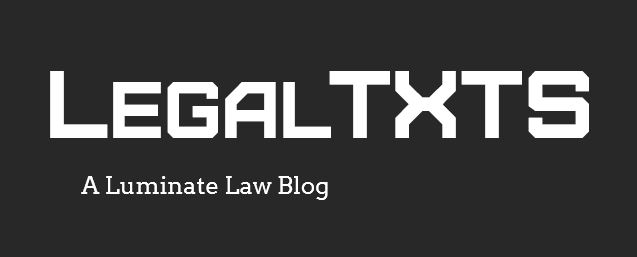No First Amendment Protection for public school teacher’s comments on Facebook — In re O’Brien, 2013 WL 132508 (N.J. Super. App. Div. Jan 11, 2013)
We’ve seen a number of cases in which employees are fired for making comments on Facebook that they never thought would get around. (For a sampling, see my posts on Sutton v. Bailey, the BMW dealership decision, and Sumien v. Careflite.) Put In re O’Brien in this category of cases, except add a twist: Here, the employer is a public school district. Does the First Amendment (which applies only to government action) add a layer of protection to comments posted by a public employee on social media? Not in this case.
Jennifer O’Brien was a first-grade schoolteacher. O’Brien posted two statements on Facebook:
I’m not a teacher—I’m a warden for future criminals!
And the second:
They had a scared straight program in school—why couldn’t [I] bring [first] graders?
The Facebook comments were brought to the attention of the principal at O’Brien’s school (Ortiz). Ortiz was “appalled” by the statements. O’Brien’s Facebook comments also spread quickly throughout the school district, causing a well-publicized uproar.
The school district charged O’Brien with conduct unbecoming of a teacher. An administrative law judge (ALJ) found support for the charge and recommended O’Brien’s removal from her tenured position, and the acting commissioner of the school district agreed. The ALJ was particularly bothered by O’Brien’s lack of remorse in posting the comments. A New Jersey court adopted with the reasoning of the ALJ on appeal.
Both at the administrative level and on appeal, O’Brien argued that the First Amendment protected her Facebook statements. The court disagreed, applying the test stated in the Supreme Court’s decision in Pickering v. Board of Education that analyzes whether a public employee’s statements are protected by the First Amendment by balancing the employee’s interest, “as a citizen, in commenting on matters of public concern against the interest of the State, as an employer, in promoting the efficiency of the public services it performs through its employees.”
The court accepted the findings of the ALJ and Commissioner that O’Brien’s real motivation for making the statements was her dissatisfaction with her job and the conduct of some of her students, not a desire to comment on “matters of public concern.” Even if the comments regarded a matter of public concern, O’Brien’s right to express those comments was outweighed by the school district’s interest in the efficient operation of its schools. The court also rejected O’Brien’s arguments that there was insufficient evidence to support the charge against her, and that removal was an inappropriate penalty.
LegalTXTS Lesson: Public employers need to exercise more caution when disciplining employees for their activity on social media networks. Unlike the private sector, public agencies are limited by the First Amendment when regulating expression of their employees. But even public employees don’t have absolute freedom to say whatever they want. As O’Brien reminds us, when public employees make comments of a personal nature, or their comments interfere with the delivery of government services, such expression is not protected by the First Amendment.
